Introduction
As immersive as the Meta Quest 3 is, there's one thing every user quickly realizes: battery life still has its limits. Whether you're deep in a rhythm game, exploring virtual worlds, or sharing your headset with friends, running out of power mid-session can break the experience. That's why power solutions have become one of the most important Meta Quest 3 Head Strap upgrades to consider.
From internal fast-charging battery straps to swappable battery systems and external power banks, there are more options than ever. But which one actually makes the most sense for real-world play? In this guide, we’ll break down the three most common approaches — highlighting the technical pros and cons — and explain why KIWI design’s new Meta Quest 3 Head Strap with Battery, the H4 Boost, may be the smartest balance of performance, comfort, and convenience.
1. Fast Charging via USB-C PD – The Smart Standard
Fast charging through USB-C Power Delivery (PD) has become the gold standard across devices — and VR is no exception. With PD, power can be delivered at up to 45W or more, reducing charge times dramatically and keeping devices ready to go with minimal downtime.
For Meta Quest 3 users, this means no more choosing between cutting a session short or playing tethered to a wall. Instead of bulky add-ons or constant battery swaps, a high-density internal battery that charges fast is far more elegant and convenient — especially when built into a well-balanced head strap.
KIWI design’s latest lineup, including the known as the H4 Boost, features the proprietary DualFast™ 45W PD charging system. This lets you recharge the battery in record time between sessions or even while you're still using the headset — a huge benefit for shared-use households or longer play days.
Plus, USB-C offers more than just speed. It delivers cleaner, more stable power than older USB-A setups and allows simultaneous charging and data transfer. That means fewer ports, fewer cables, and fewer reasons to stop playing.
2. Swappable Batteries – Theoretical Flexibility, Practical Frustration
On paper, swappable battery systems seem like the perfect solution: when one runs out, just pop in a fresh one and keep playing. But in reality, these systems introduce more complexity — and often, more frustration — than they solve.
First, there's the issue of bulk and weight. Most swap-style battery head straps require larger compartments or dual-battery designs, adding pressure to the back of the head and throwing off the headset's balance. This can cause fatigue during longer sessions, especially if you're using fitness or active games.
Second, these systems often suffer from mechanical weaknesses. Many rely on plastic locking mechanisms that wear down over time, leading to wobbly fits, accidental disconnections, or — in some cases — complete battery dropouts mid-game. That’s not just annoying; it’s immersion-breaking.
Finally, constantly removing and reinserting batteries increases wear and tear on both the connectors and the head strap frame. It’s a hands-on solution to a problem that can be solved more elegantly with internal fast-charging technology — like that found in the Meta Quest 3 Head Strap with Battery from KIWI design.
3. External Battery Mods – DIY Power, Real-World Hassles
For the ultra-technical or budget-conscious VR user, external battery packs and DIY mods can seem like a clever workaround. By strapping a power bank to your headset or waistband and running a long cable to the charging port, you can technically extend playtime by hours. But technical viability doesn't always translate into comfort or convenience.
The biggest problem is mobility and immersion. Extra wires can snag during gameplay, especially in high-motion titles. The weight of a large external battery — often worn on the back of the head or clipped to clothing — introduces imbalance and increases strain on the neck and shoulders.
These setups also tend to look clunky and break the sleek form factor of the Meta Quest 3. Exposed cables and bulky battery bricks not only detract from the headset’s aesthetics but can interfere with sensors and tracking if not placed correctly.
Ultimately, while these mods might appeal to enthusiasts, they’re impractical for most everyday users. That’s why a clean, all-in-one solution like KIWI’s Meta Quest 3 Head Strap with Battery offers a far better experience — especially when comfort, balance, and quick setup matter.
4. Why H4 Boost Is the Right Balance for Most Players
Most Quest 3 users aren’t looking to stay in VR for six hours straight — they want uninterrupted sessions that last around 1.5 to 2.5 hours. According to usage surveys, that’s the sweet spot for comfort, battery life, and immersion. And that’s exactly what the Meta Quest 3 Head Strap with Battery from KIWI design delivers.
The H4 Boost combines a lightweight, halo-style strap with an integrated high-density battery that extends your playtime without the need for swaps or bulky mods. It’s engineered for balance — distributing weight evenly to reduce pressure points and long-term strain.
More importantly, it features KIWI’s patented DualFast™ 45W PD fast-charging system, allowing you to quickly recharge between sessions or keep playing while topping up. No adapters, no dangling cables, no heat spots — just efficient power where and when you need it.
For the average gamer — especially those who value comfort, portability, and seamless design — H4 Boost hits the mark. It’s not just about adding more power, it’s about adding the right kind of power in the smartest possible form.
5. A Design Philosophy That Matches Meta’s Vision
Power isn’t just about capacity — it’s about how that power integrates into the experience. KIWI design understands this, which is why the Meta Quest 3 Head Strap with Battery was built to feel like a natural extension of the headset itself, not a bulky afterthought.
The H4 Boost is crafted with the same design principles that Meta applies to its hardware: sleek lines, minimal distraction, and ergonomics that serve both casual and extended play. There are no exposed wires, no awkward bulk, and no unnecessary complexity. Just clean, streamlined power and comfort in one device.
This alignment isn’t accidental. By focusing on real-world behavior — like average play session lengths, health-conscious design, and seamless integration — KIWI has created a solution that respects both the headset and the user.
Conclusion: Choose the Power Setup That Matches Your Play Style
Every Quest 3 user has different priorities when it comes to battery life. Swappable systems promise endless uptime, but often bring mechanical issues and break immersion. External battery mods can technically work, but they’re rarely elegant, safe, or comfortable in practice.
That’s why fast-charging, integrated battery straps have emerged as the most balanced and player-friendly option. And if you’re looking for the best combination of comfort, performance, and simplicity, the Meta Quest 3 Head Strap with Battery from KIWI design delivers exactly that.
Built around real-world usage patterns and crafted with precision, the H4 Boost isn’t just an accessory — it’s a thoughtful power upgrade that keeps you immersed, not interrupted.
👉 Explore the full Meta Quest 3 Head Strap lineup and find the right fit for your VR lifestyle.
What’s your current Quest 3 power setup? Share your experience in the comments — we’d love to hear what works (or doesn’t) for your sessions.


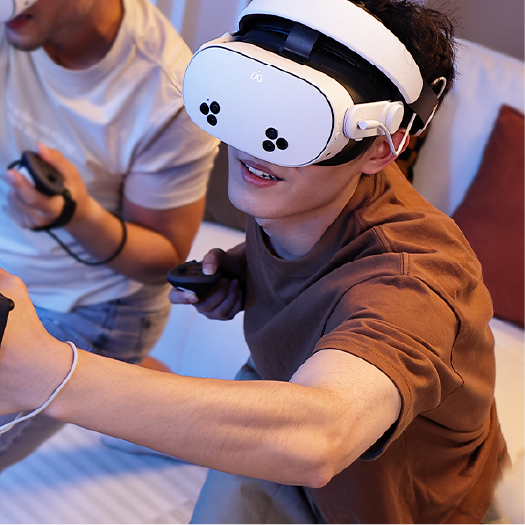

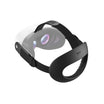




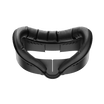
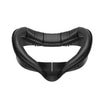

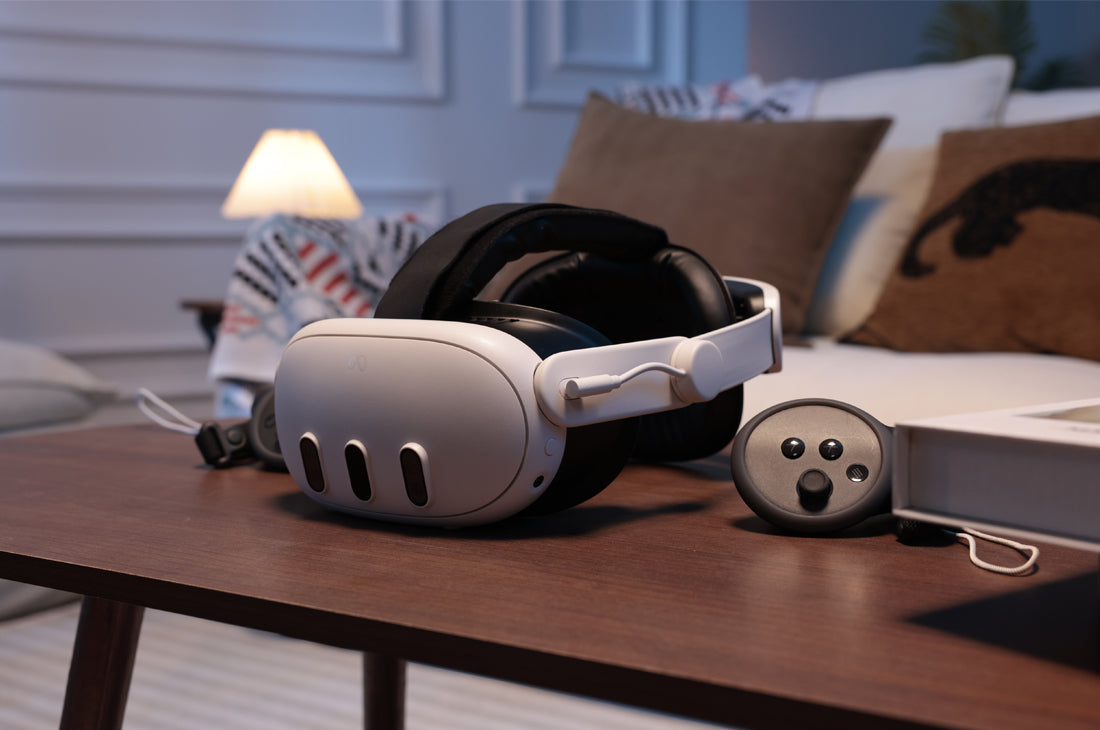
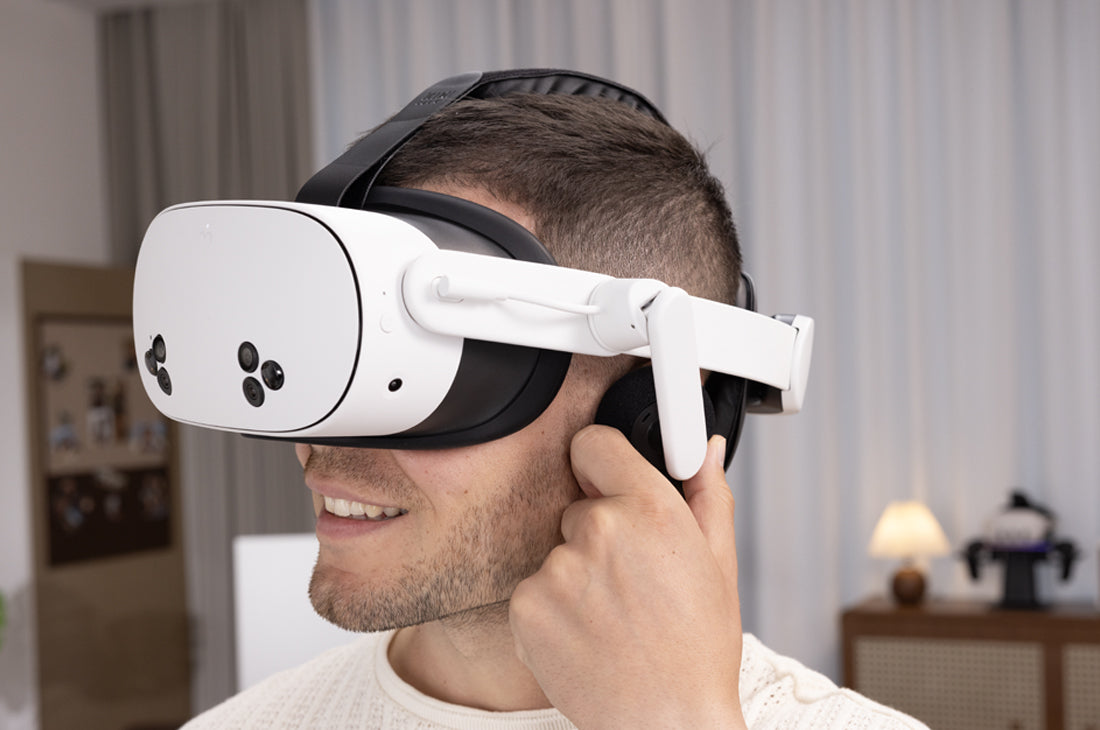
Leave a comment
All comments are moderated before being published.
This site is protected by hCaptcha and the hCaptcha Privacy Policy and Terms of Service apply.